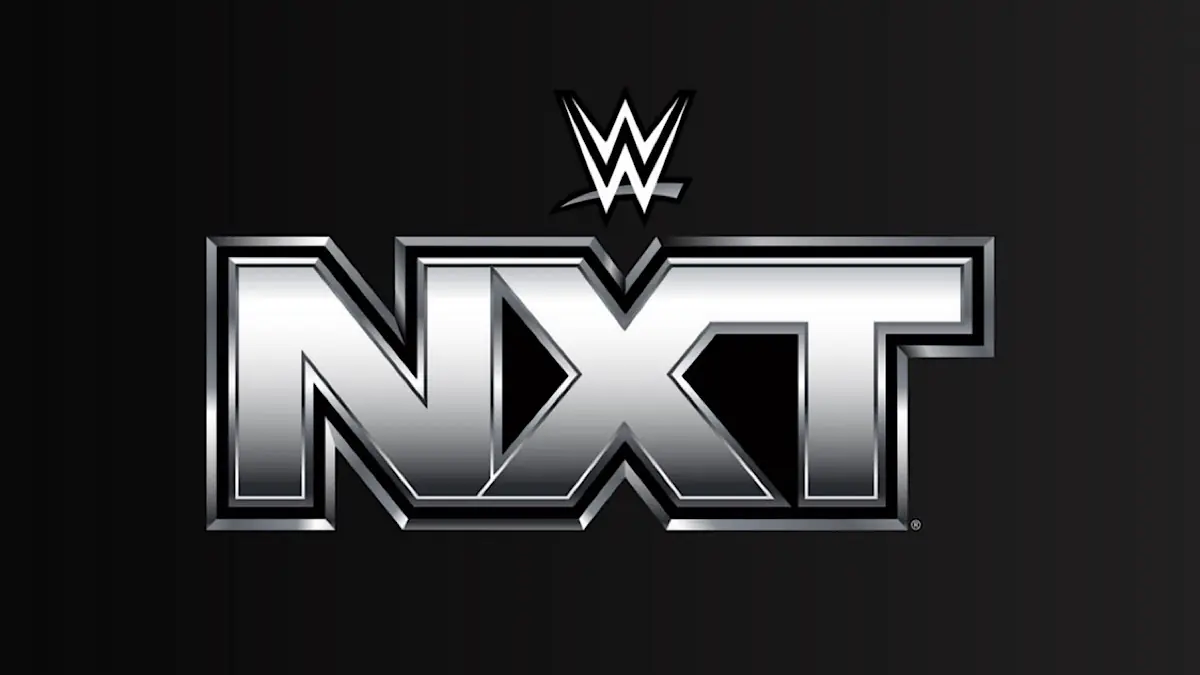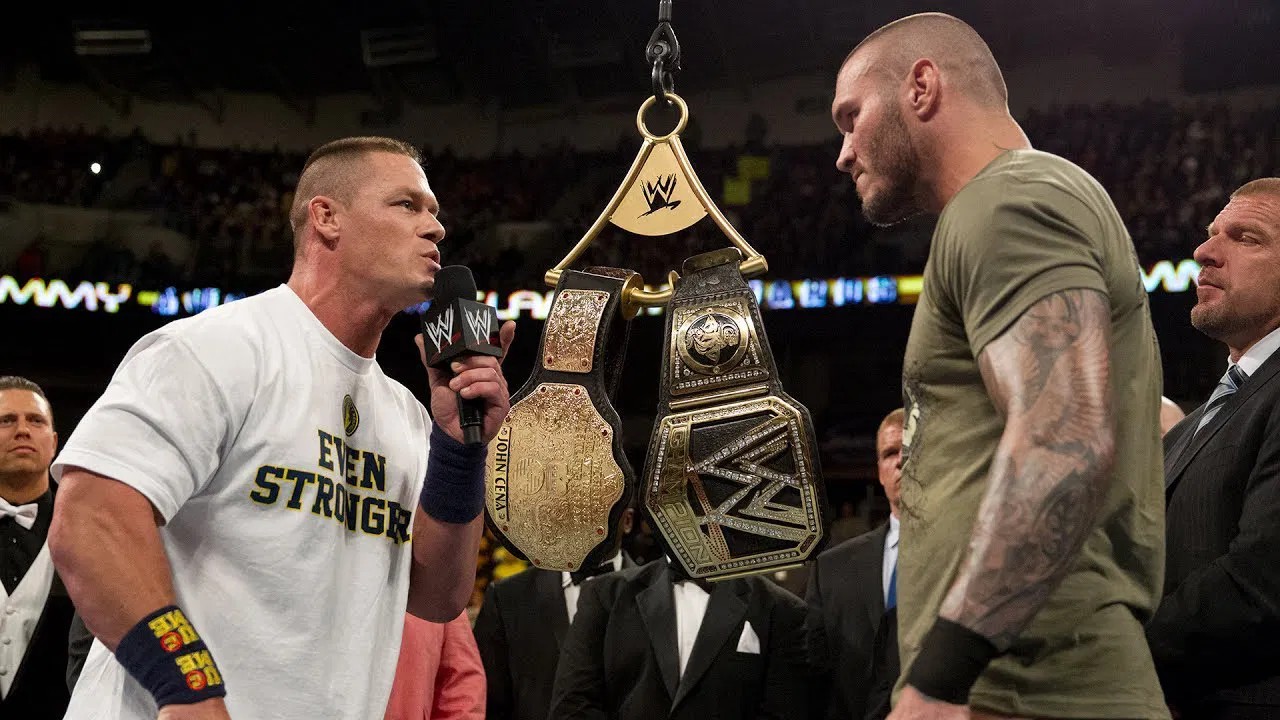My how times have changed. Before the sex scandal that saw him temporarily resign from WWE and the announcement, upon his subsequent return, that he had sold the company, an announcement that Vince McMahon would be taking a leave of absence from WWE would have likely caused some panic for investors.
But when WWE President Nick Khan announced on Wednesday morning’s second-quarter investor call that McMahon was taking some time away in order to recover from his “significant spinal surgery” a couple of weeks back, it didn’t seem to faze any of the major investment houses on the call. In fact, other than that brief statement, that was the only mention of McMahon on the entire call.
Perhaps even more tellingly, it didn’t even warrant the lede in Khan’s comments – it was the fourth item on his list of prepared discussion points, following the news about the company’s financial performance this past quarter, an update on the UFC-WWE merger, and an update on the ongoing media rights discussions the company is holding with respect to its weekly TV programming.
On the first of those fronts, the news continues to follow the trend that the company has been touting for the past couple of years at least: record revenues and profits, increasing gate revenues, strong merchandise sales, exponential growth in sponsorship revenues, and very optimistic financial projections.
Revenue-wise, the company took in over $410 Million USD in the past three months, which was a record for the company. Adjusted operating income before depreciation and amortization (OIBDA) was $140.7 Million, which was also broke the previous quarterly record.
In terms of the merger, Khan and Chief Financial Officer Frank Riddick III noted that all regulatory approvals have been received, and the plan is still to close the deal by the end of 2023.
With respect to the media rights, it was noted that the exclusive discussion window for the incumbent networks – NBCU/USA for RAW and FOX for Smackdown – has now closed, and “conversations are going well” with other potential suitors. Khan noted that WWE’s increased ratings for both shows – which buck the trend of declining ratings overall for cable and network television – “underscore the enduring strength of (the) product” and they are counting on that strong positioning to get them the best deal possible.
During the Q&A session, Khan reiterated that all potential business models are up for discussion, including possibly moving the existing shows off of linear TV and onto a fully-digital platform, depending on whether that makes sense for the company financially. Khan noted that the NFL’s most recent deal was similarly “all-in” where the digital rights and linear rights were part of a bundle. He implied that if the company signs an agreement with a digital-only carrier, then that would likely see RAW and Smackdown no longer being available on regular TV.
Khan highlighted that the existing streaming deal the company has with Peacock (which is not up for renegotiation until 2026) has been a boon for that platform, given the strength of WWE’s loyal fan base, which has boosted subscriptions for the network and has led to significant numbers of eyeballs thanks to record-views of WWE Premium Live Events. That said, there is no appetite on WWE’s side to look for only a short-term deal for RAW and Smackdown in order to bridge them to 2026 where they could be in a position to negotiate a bundle comprising both the TV shows and the content that currently airs on Peacock.
“I don’t see a one-year extension being the outcome for us,” Khan said about that kind of plan. “I don’t think that’s what the marketplace is suggesting.”




